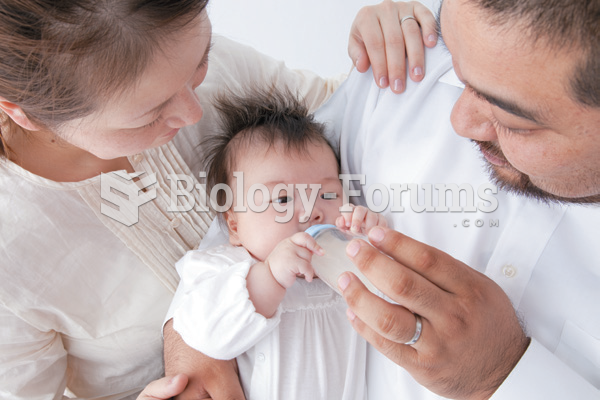Answer to Question 1
Correct Answer: 1
The final stage of recovery is evaluation, which is also an activity in the preparation and planning aspects of the nondisaster stage. Future-oriented activities take place to prevent subsequent disasters or to minimize their effects. Nurses participate by discussing suggestions to improve the response time to victims or ways to improve treatment. The recovery aspect of disaster response is also called reconstruction. The response phase involves the immediate response to the disaster. The recovery and reconstruction phase involves rebuilding and returning to some semblance of normalcy.
Answer to Question 2
Correct Answer: 1
The nurse should instruct older adults to prepare a current list of medications, doses, and times of administration. The names and phone numbers of significant persons, relatives, those with power of attorney, healthcare providers, and any others to be notified in case of emergency should also be kept in an easily accessible place. Additionally, the following materials should be considered essential should evacuation to a shelter be necessary: eyeglasses and eyeglass prescriptions, style and serial numbers of medical devices such as pacemakers, healthcare policies and numbers, identification, list of allergies, blood type, checkbook, credit cards, insurance agent's name and number, driver's license, 72-hour supply of medications, dentures, list of special dietary needs, sturdy shoes, warm clothing, blankets, incontinence briefs, prostheses, hearing aids, hearing aid batteries, extra wheelchair batteries, oxygen, and other assistive devices. The residents of a senior facility do not need to be concerned with turning off electrical devices or packing food items. Recreational items are not considered survival items.







